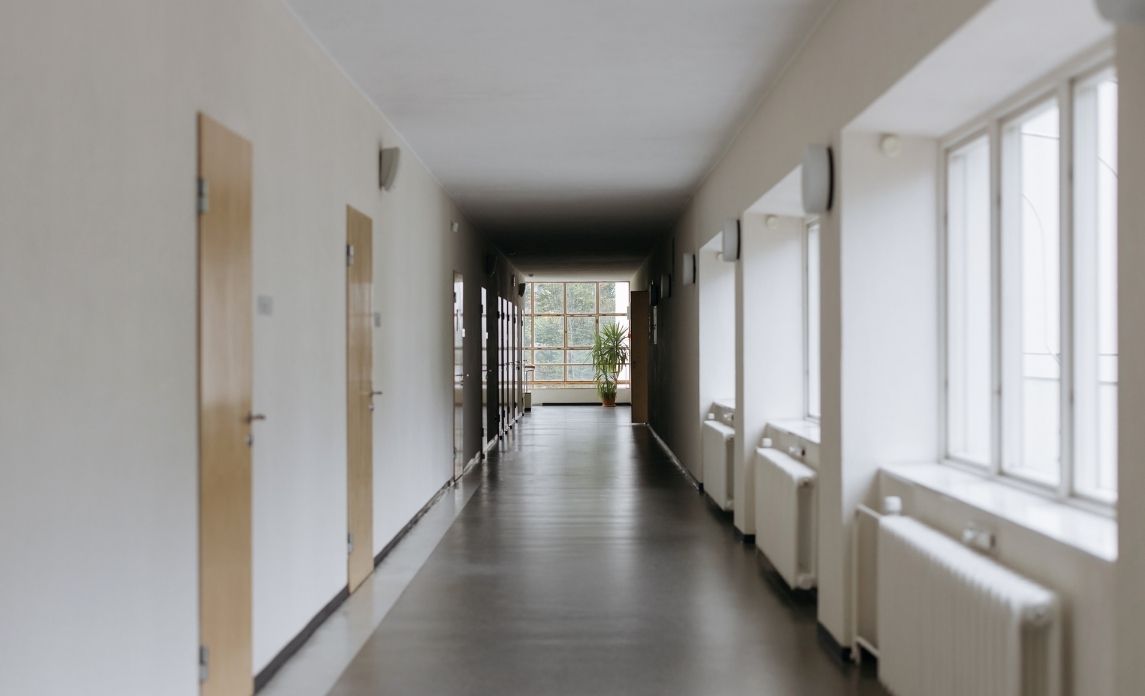Schools are where our children study so that they can be prepared for the future. Unfortunately, schools are also where our children can pick up diseases. It’s simply the nature of the beast. With hundreds or even thousands of individuals congregating in a single place, there’s a very high risk of spreading germs that cause illnesses like the flu, conjunctivitis, gastroenteritis, and, indeed, even COVID-19.
Fortunately, this can be mitigated by regular and thorough cleaning. Aside from protecting students and personnel from getting sick, a clean school environment is also more conducive to learning.
That said, here are six simple steps to ensure effective and efficient cleaning in schools:
Carefully Plan Out Your Cleaning Requirements
A school has multiple areas, each with different cleaning requirements. Take note of these spots in the school, and outline a cleaning plan for each. Ideally, there should be a list of daily, weekly, and monthly tasks. A yearly deep-cleaning plan for the entire establishment should also be drawn up.
You should also itemise objects and surfaces that need more frequent cleaning. For example, shared desks and computer keyboards should be cleaned and disinfected daily. Meanwhile, cafeteria tables should be cleaned after every use.
Last but not least, remember to include high-touch items and surfaces in your cleaning plans. Such items and surfaces include light switches, doorknobs, stair railings, water fountain buttons, and the like.
Hire Professional Cleaners
Once you have a cleaning plan in place, the next step is to hire professional school cleaners because they will most certainly do a better job. There are plenty of things that your cleaning staff can handle on their own but for a more thorough cleaning, relying on the experts is your best bet.
It’s also important to give your regular cleaning personnel ample training so that they can perform their daily routines effectively. While professionals can definitely restore your school into its usual immaculate glory, their job would be a lot easier if your day-to-day cleaners are also doing a good job.
Communicate the Cleaning Plan
A cleaning plan is practically worthless if not everyone is on the same page. It’s not just the cleaning staff and adjacent personnel who should know about your cleaning plan; everyone in the school should be informed about it, too.
By ensuring that everyone is on-board, you’ll have an easier time implementing your cleaning plan. It also helps with things like coordination—for example, people will know that a certain bathroom is due for cleaning at a certain hour and can therefore find an alternate one to go to.
Use EPA-Approved Cleaning Products
To ensure the best results, you need to use various cleaning products in your school. These include things like detergent, bleach, and multi-purpose cleaners. While it might be tempting to just go for the cheapest ones available (the costs can quickly add up, especially for a big school), this is not ideal.
It’s not just the cleanliness of the school that will be at stake if you choose low-quality products not approved by the EPA. You’re also risking everyone’s health. Some ingredients can also be harsh enough to cause damage to surfaces like porcelain or hardwood.
Another thing you want to keep in mind when purchasing cleaning products for a school would be allergens. Some cleaners may contain strong fragrances that can trigger asthma or similar problems. To help ensure everyone’s good health in the school, choose cleaning products that are hypoallergenic.
Ensure Safe Working Conditions
While cleaning is definitely a routine task, there are still inherent risks involved. For example, if you’re cleaning high windows or scrubbing walls, there’s a possibility that you can fall from a great height. Even a product that’s rated safe can cause irritations at high enough amounts.
Thus, even if the cleaning job is “simple” on paper, it’s still best to consider all safety precautions. Wear PPE, including masks, gloves, and goggles, when necessary. Proper ventilation is also necessary to prevent the accumulation of fumes and the inhalation of vapours.
Other things that you need to ensure safety include harnesses for working at heights, ear protection for jobs that might get too noisy (e.g., high-power vacuums), and a “bunny suit” for instances when there are suspected/confirmed infections or if there are hazardous materials present.
Conduct Regular Evaluations
Last but certainly not least, it’s important to conduct timely evaluations of your cleaning plan and its output. Is the cleanliness up to standard? Have there been any serious outbreaks in the school? Are crucial facilities like bathrooms cleaned efficiently? Is the school population satisfied with the cleanliness?
Answering these questions can help you improve your school’s cleanliness, as well as how these services are rendered.
Keeping a school clean benefits everyone who uses it, whether they be students, teachers, or even guests. Thus, effective cleaning is a must. Follow the above-mentioned steps and you’ll be well on your way to an immaculate, well-maintained school.


